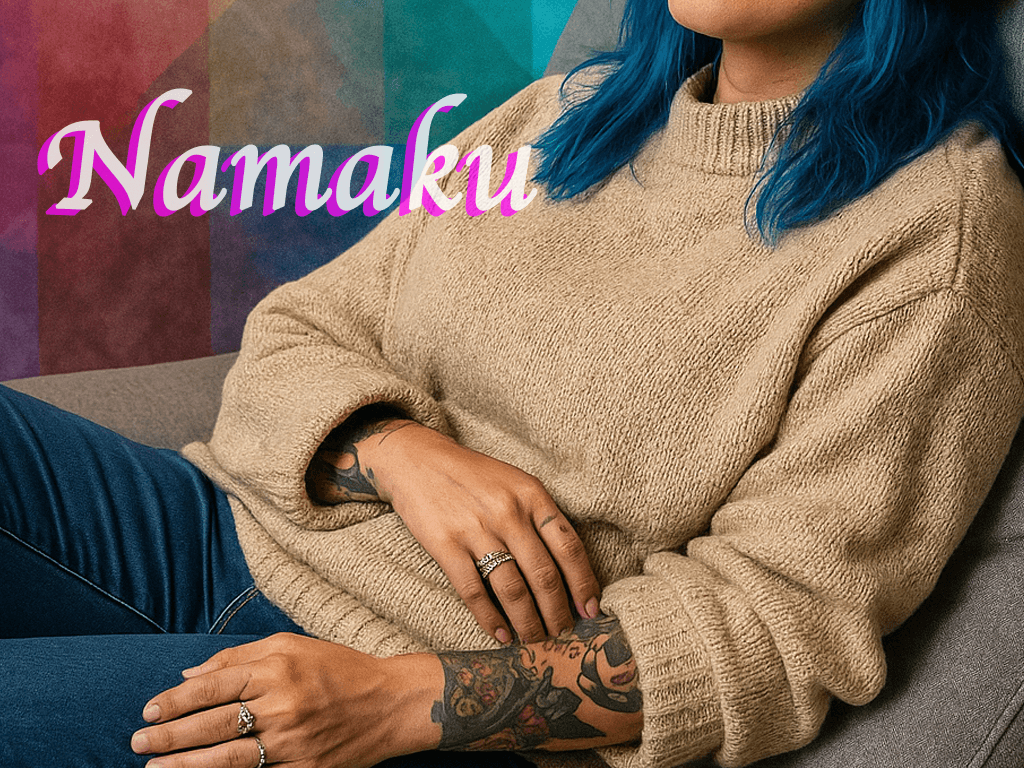
Virtual Reality, Real ketamine, deeper healing
In our quest for interesting papers and novel healing practices, we’ve spoken to multiple healers and researchers interested in enhancing the process by including art.
At Namaku Wellness we want to support our therapists and clients on the path to deeper healing. Some of our practitioners already offer ketamine IV, and many friends can attest to the advantages.
As proposed by Jodorowski, psychomagic is a form of therapeutic practice that uses performance art and symbolic actions to address psychological wounds. It's based on the idea that the unconscious understands the language of dreams and symbolic acts more readily than rational thought.
As these ideas become more popular, there are also more scientists and institutions taking them seriously and looking for ways to acknowledge the results, understand them and implement them into care flows.
Here’s a quick breakdown of findings from a study published last year about VR used in tandem with ketamine assisted therapy.
Why Ketamine?
It isn’t a new drug, its safety has been proven, as a Schedule III controlled substance, ketamine has been used in medical settings for anesthesia since the 1970s. Over the past decade, it’s become popular as an alternative for patients with treatment-resistant depression (TRD) and chronic pain
Unlike traditional antidepressants (SSRIs), ketamine can work within hours, helping patients feel relief faster and more intensely due to its dissociative effects.
Visualizing your healing
A common feeling around people facing persistent depression symptoms is a perceived difficulty to engage with emotions, and verbalize stories in a cohesive way. Being disassociated can help access deeper sides of consciousness, bypassing language barriers or defense mechanisms deployed in response to trauma.
This study, by a team of neuroscientists, psychologists, and psychonauts, tested whether Virtual Reality (VR) could make the ketamine experience more comfortable.
Participants with chronic pain and depression. They received IV ketamine infusions over the course of a week. In the second and third sessions, they had the option to wear a lightweight Oculus headset and dive into a customized VR world designed specifically for healing journeys.
What Changed?
The study tracked:
Pain levels using a standard pain scale (VAS)
Depression symptoms using a validated mood scale (MADRS)
Satisfaction levels and subjective experiences
Here’s what they found:
Pain and depression both went down. Not just after the ketamine—but more on the days with VR.
Two-thirds of participants preferred the experience with VR. They felt calmer, more engaged, and less anxious during the infusions.
People said stuff like:
“The most amazing medical procedure I’ve ever experienced.”
“VR took the edge of anxiety away. Gets you away from thinking.”
“Helped me focus on setting instead of letting my brain wander to a bad place.”
Why We Care
We're building software and tools for therapists who want to work at the edges of healing, using science and intuition. Some of our clinicians do ketamine infusions. Some explore other altered states. We support our practitioners in any way we can and expect to invest more into developing novel tools.
Combining immersive tech, neuroscience, and patient-centered design should make it more accessible for everybody. Chronic pain, physical or mental, is debilitating and doesn’t discriminate.
Reference: Selinger et al. (2023). Virtual Reality as an Adjunct to Ketamine Infusion Therapy Increases Patient Satisfaction in the Management of Chronic Pain and Depression. Journal of Behavioral and Brain Science. DOI: 10.4236/jbbs.2023.1312016
Veterans affairs website, Using Virtual Reality to Enhance Ketamine Therapy Effectiveness for Treatment Resistant Depression (VRKet)
https://marketplace.va.gov/innovations/using-virtual-reality-to-enhance-ketamine-therapy-effectiveness-for-treatment-resistant-depression